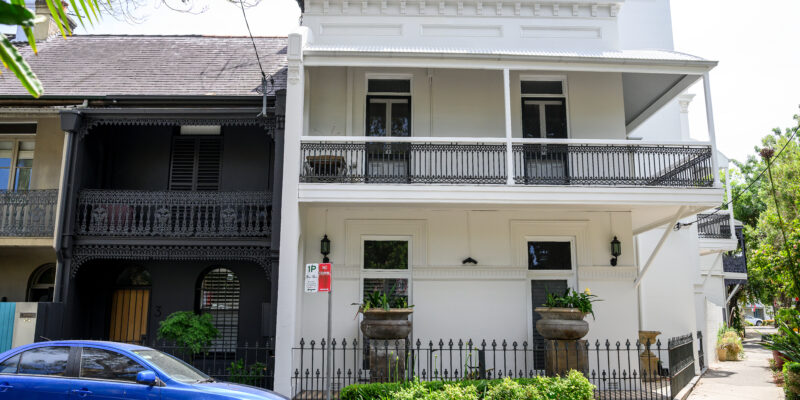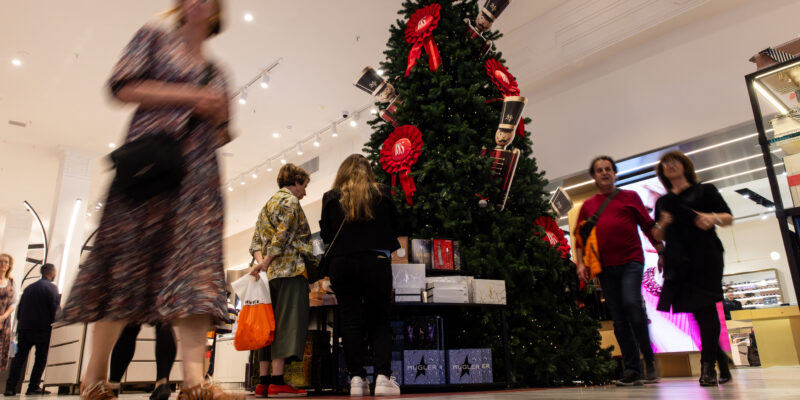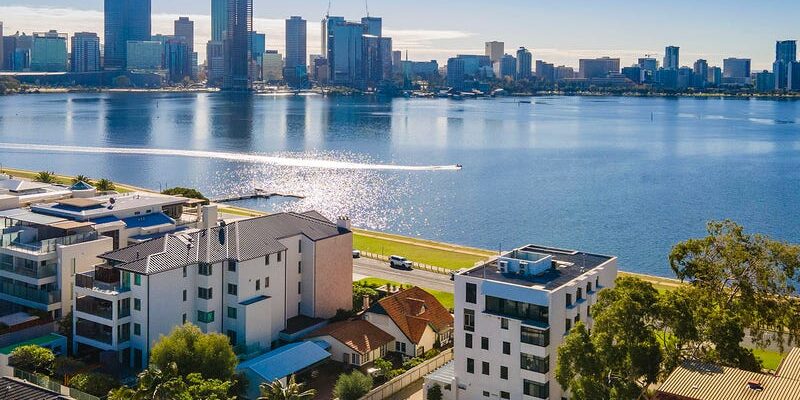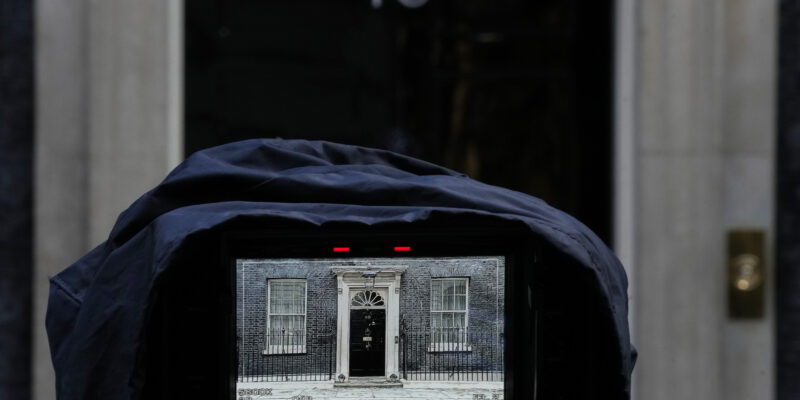Cracks in the foundations: home affordability hits new low
An extraordinary rise in demand combined with constrained supply has created a boom in Australian home values and rents over the past five years.

AUSTRALIA’S housing affordability has hit new lows over the past five years, with home ownership drifting even further out of reach.
The share of income needed to pay a mortgage has nearly doubled, according to Cotality’s Housing Affordability Report.
It shows the price-to-income ratio, years required to save a deposit, and the share of income needed to rent all hit record highs in 2025.
The grim conclusion: both buying and renting have reached unsustainable levels for many Australians.
Cotality Head of Research Eliza Owen said several factors have driven this major deterioration.
“Australian home values have climbed roughly 47.3% since March 2020, an extraordinary rise that added about $280,000 to the median dwelling value,” she said.
“This surge was fuelled by pandemic-era monetary stimulus and record-low interest rates that supercharged borrowing capacity and demand, even as housing supply lagged.
“Supply-side limitations have also compounded these demand pressures with construction sector insolvencies, rising material costs, and planning bottlenecks.
“In short, the past five years combined extraordinary demand drivers with supply constraints, creating an extraordinary boom in both home values and rents.”
Among the bleak statistics from Cotality and the ANU:
- The median dwelling value is now 8.2 times median household income.
- Affordability has deteriorated most sharply for houses, where the median value is now 8.9 times average income (up from 6.6 five years ago).
- It now takes 11 years to save a 20% deposit, based on a 15% savings rate.
- The cost of servicing a new loan requires 45% of median household income.
- Sydney remains the most unaffordable city, while conditions have severely deteriorated across Adelaide, Brisbane and Perth.
- Canberra, Hobart, and Melbourne show mild improvements but most areas continue to face mounting entry barriers and rising rental costs.
- Darwin and the rest of the Northern Territory are the only major regions where less than 30% of income is required to service a new mortgage.
- Tenants are now spending a record 33.4% of their income on rent, significantly exceeding the 20-year average.
At the same time housing supply has lagged behind expectations. Construction sector insolvencies, rising material costs and changing preferences for larger homes and smaller household size didn’t help.
The result was a mismatch of more than one million new households formed in the past five years compared with 880,000 new dwellings completed, according to the report.
As property prices have gone up, homeowners and investors have been able to reinvest their massive capital gains windfalls back into the housing market, creating a larger gap for first home buyers and those without parental assistance to enter the market.
“There’s been this extraordinary separation between property prices and income,” Ms Owen said.
In Sydney’s eastern suburbs, it would take 35 years for an average wage earner to save up a 20 per cent deposit on a median house.
Even if they somehow cleared that hurdle, servicing the mortgage would take up one-and-a-half times their income.
Canberra’s relatively high rate of new apartments entering the market, along with a slower rate of internal migration, have eased rental affordability in the ACT.
Meanwhile, increased taxes on investment properties in Melbourne have kept home values structurally lower across the city, with the median dwelling value 7.1 times higher than income, compared with a multiple of 10 in Sydney.
Melbourne could serve as a good example of how to target housing demand and bring down prices at a time when supply is challenged, Ms Owen said.
“It might take some time to tease out exactly what kind of impact the increased investment taxation has had, but I think it’s fair to say it has at least helped to take some heat out of the market, and many people look to Melbourne now as a relatively affordable buying option.”






